OMAN Oman Rheumatology Exam Materials 2024
(4200 MCQs for those preparing for OMSB Exam – OMAN (ministry of health) for Rheumatology Exam Specialist
Samples :
Question 1
Reactive arthritis is associated with which one of the following HLA antigens?
A. HLA-B27 **
B. HLA-A3
C. HLA-DR4
D. HLA-B5
E. HLA-DR3
Reactive arthritis
Reactive arthritis is one of the HLA-B27 associated seronegative spondyloarthropathies. It encompasses Reiter’s syndrome, a term which described a classic triad of urethritis, conjunctivitis and arthritis following a dysenteric illness during the Second World War. Later studies identified
patients who developed symptoms following a sexually transmitted infection (post-STI, now sometimes referred to as sexually acquired reactive arthritis, SARA).
Reactive arthritis is defined as an arthritis that develops following an infection where the organism cannot be recovered from the joint.
Epidemiology
??post-STI form much more common in men (e.g. 10:1)
??post-dysenteric form equal sex incidence
The table below shows the organisms that are most commonly associated
with reactive arthritis:
Post-dysenteric form Post-STI form
Shigella flexneri
Salmonella typhimurium
Salmonella enteritidis
Yersinia enterocolitica
Campylobacter
Chlamydia trachomatis
Management
??symptomatic: analgesia, NSAIDS, intra-articular steroids
??sulfasalazine and methotrexate are sometimes used for persistent disease
??symptoms rarely last more than 12 months
Question 2
A 47-year-old man with a history of chronic sinusitis presents with shortness of breath to the Emergency Department. Initial investigations reveal:
Hb 10.4g/dl
Platelets 477 * 109/l
WCC 14.3 * 109/l
ESR 92 mm/h
Urea 20 mmol/l
Creatinine 198 μmol/l
Urine dipstick blood +++
What is the most likely diagnosis?
A. Mixed cryoglobulinaemia
B. Churg-Strauss syndrome
C. Wegener’s granulomatosis **
D. Haemolytic uraemic syndrome
E. Henoch-Schonlein purpura
The combination of pulmonary and renal involvement combined with a history of chronic sinusitis points towards a diagnosis of Wegener’s granulomatosis.
Wegener’s granulomatosis
Wegener’s granulomatosis is an autoimmune condition associated with a necrotizing granulomatous vasculitis, affecting both the upper and lower respiratory tract as well as the kidneys
Features
??upper respiratory tract: epistaxis, sinusitis, nasal crusting
??lower respiratory tract: dyspnoea, haemoptysis
??glomerulonephritis (‘pauci-immune’, 80% of patients)
??saddle-shape nose deformity
??also: vasculitic rash, eye involvement (e.g. proptosis), cranial nerve lesions
Investigations
??cANCA positive in > 90%, pANCA positive in 25%
??chest x-ray: wide variety of presentations, including cavitating lesions
??renal biopsy: crescentic glomerulonephritis
Management
??steroids
??cyclophosphamide (90% response)
??plasma exchange
??median survival = 8-9 years
Question 3
A 50-year-old female with a history of rheumatoid presents with a suspected septic knee joint. A diagnostic aspiration is performed and sent to microbiology. Which of the following organisms is most likely to be responsible?
A. Staphylococcus aureus **
B. Staphylococcus epidermidis
C. Escherichia coli
D. Neisseria gonorrhoeae
E. Streptococcus pneumoniae
Septic arthritis – most common organism: Staphylococcus aureus
Septic arthritis
Overview
??most common organism overall is Staphylococcus aureus
??in young adults who are sexually active Neisseria gonorrhoeae should also be considered
Management
??synovial fluid should be obtained before starting treatment
??intravenous antibiotics which cover Gram-positive cocci are indicated. The BNF currently recommends flucloxacillin or clindamycin if penicillin allergic
??antibiotic treatment is normally be given for several weeks (BNF states 6-12 weeks)
??needle aspiration should be used to decompress the joint
??surgical drainage may be needed if frequent needle aspiration is required
Question 4
Low levels of which one of the following types of complement are associated with the development of systemic lupus erythematous?
A. C4 **
B. C5
C. C6
D. C7
E. C8
SLE: C3 & C4 low
Low levels of C4a and C4b have been shown to be associated with an increased risk of developing
systemic lupus erythematous
SLE: investigations
Immunology
??99% are ANA positive
??20% are rheumatoid factor positive
??anti-dsDNA: highly specific (> 99%), but less sensitive (70%)
??anti-Smith: most specific (> 99%), sensitivity (30%)
Monitoring
??ESR: during active disease the CRP is characteristically normal – a raised CRP may indicate underlying infection
??complement levels (C3, C4) are low during active disease (formation of complexes leads to consumption of complement)
??anti-dsDNA titres can be used for disease monitoring (but note not present in all patients)
Question 5
Which one of the following is not a risk factor for developing osteoporosis?
A. Smoking
B. Obesity **
C. Sedentary lifestyle
D. Premature menopause
E. Female sex
Low body mass, rather than obesity is associated with an increased risk of developing osteoporosis
Osteoporosis: causes
Risk factors
??family history
??female sex
??increasing age
??deficient diet
??sedentary lifestyle
??smoking
??premature menopause
??low body weight
??Caucasians and Asians
Diseases which predispose
??endocrine: glucocorticoid excess (e.g. Cushing’s, steroid therapy), hyperthyroidism, hypogonadism (e.g. Turner’s, testosterone deficiency), growth hormone deficiency, hyperparathyroidism, diabetes mellitus
??multiple myeloma, lymphoma
??gastrointestinal problems: inflammatory bowel disease, malabsorption (e.g. Coeliacs), gastrectomy, liver disease
??rheumatoid arthritis
??long term heparin therapy*
??chronic renal failure
??osteogenesis imperfecta, homocystinuria
*research is ongoing as to whether warfarin is a risk factor
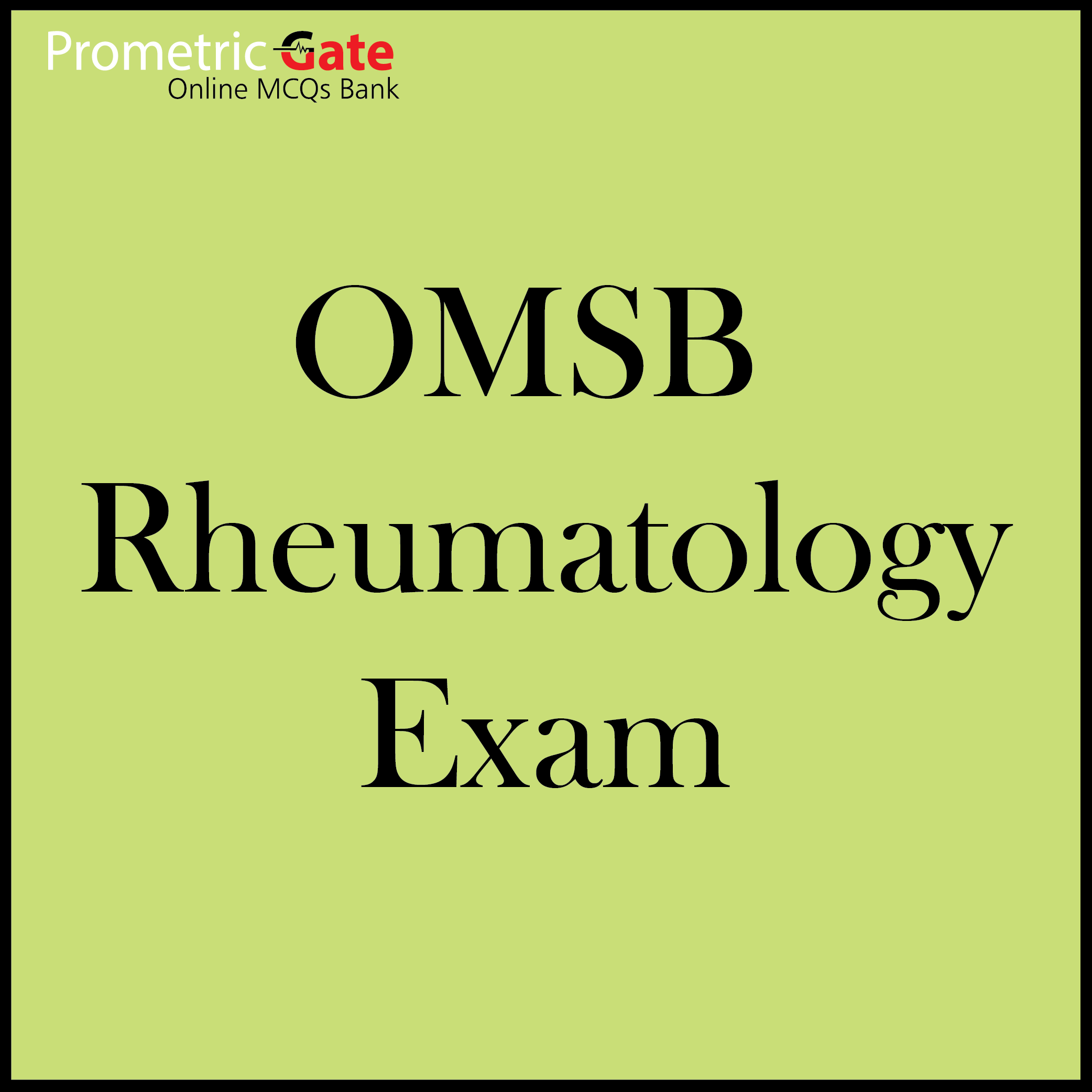
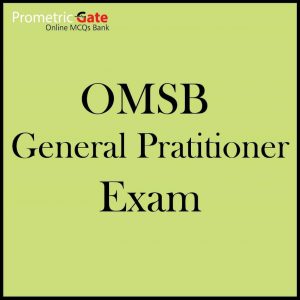
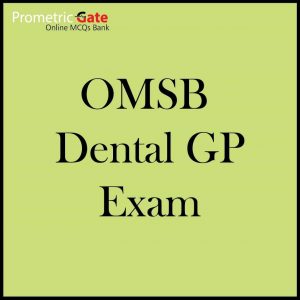
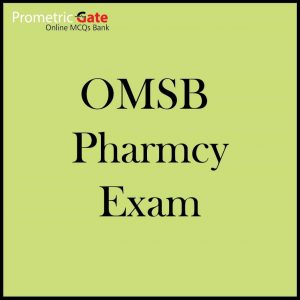
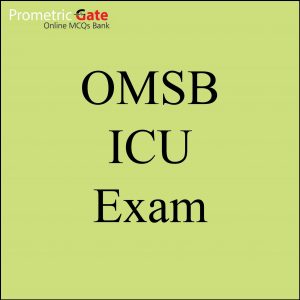
Reviews
There are no reviews yet.